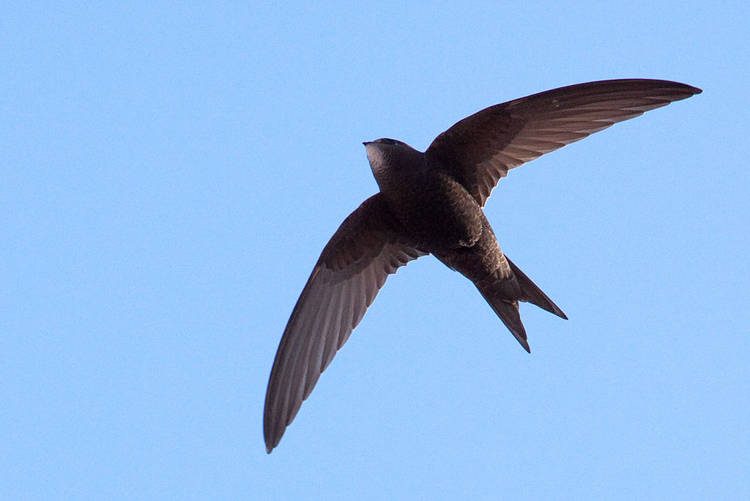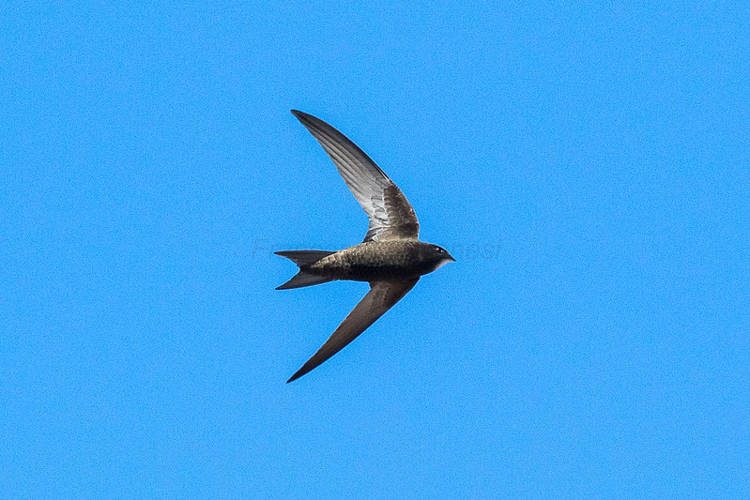Scientists have long suspected that some species of birds can eat drink, mate and even sleep while flying, but even they were stunned when data showed that one such species could go up to 10 months without landing.
As its name suggests, the commons swift (Apus apus) is a common bird that lives all across Europe and much of Asia, but their flight time is anything but common. This medium-sized bird currently holds the record for the most time spent in the air per year, with data showing that some specimens can spend up to 10 months out of 12 without landing even once. They drink and eat in the air, feasting on any insects that they can capture in flight, they can mate in the air as well, and, like the much larger frigate birds, they can also sleep in the air by gliding on warm air currents known as “thermals”.

Photo: pau.artigas/Flickr
Theories about birds being able to spend most of their lives in the air can be traced back to the 1950s, but it was actually a study published in 2016 that showed the common swifts’ remarkable ability to fly almost non-stop. At the time it was already known that frigate birds and alpine swifts could stay in the air for months, but researchers suspected that common swifts did the same, as no roosts had ever been been found in their African wintering habitats.
A team of researchers at Lund University’s Department of Biology developed a new type of micro-data logger to track the birds’ movements, and fitted them to 19 common swifts that were later recaptured. Without going into too much detail about the results of the study, the findings showed that commons swifts spent over 99% of their time during the 10-month non-breeding period in the air.

Photo: Francesco Veronesi/Flickr
“A few individuals in our study literally never landed during this period,” study author Anders Hedenström told Seeker, adding that he believed the birds somehow sleep while flying. The study didn’t analyze how common swifts can do that, but it’s assumed that it is through a mechanism similar to that of frigate birds.
Common swifts are born to fly. Their bodies have adapted to the almost non-stop flight – their wings are long and narrow, their legs are short and light, and they have an almost perfect aerodynamic shape. They also shed their feathers very slowly over a period of six months, as not to leave any significant gaps that could affect their flight.
Swifts generally have a higher survivability rate compared to most birds, and their love of flight is believed to directly influence that. Being in the air for long periods of time means they don’t have to worry about predators – except birds of prey catching them unawares, and they also don’t come into contact with too many parasites either.
Data shows that commons swifts can reach ages of 20 years or more, and fly over three million kilometers. That’s seven rounds trips to the moon…
So the next time you see a common swift soaring in the sky and ask yourself when it might come down for a rest, you’ll know that it’s probably going to be a while…






